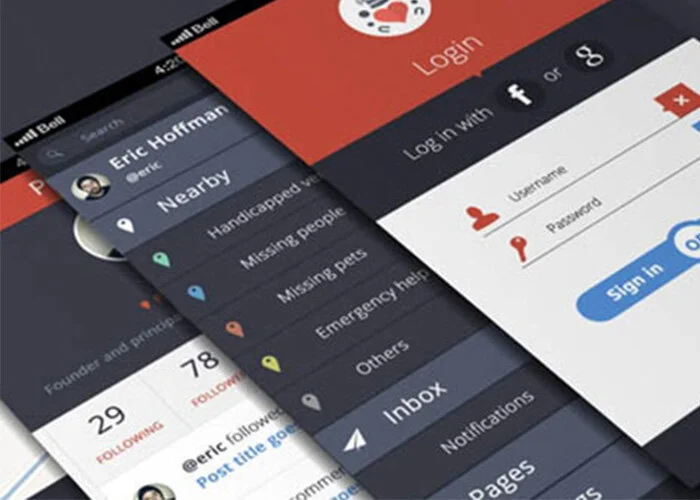Visual Logic in User Interface Design
Visual Logic in User Interface Design
Includes:
Intermediate Level
18 Microlearning Sessions
203 min. of Experiential Content
103 Learning Actions
Group Discussions & Sharing
Offline Access
Lifetime Access via Mobile and Web
Digital Certificate shareable on LinkedIn
Session Overview
Before We Begin
Introduction
UI Environment
Visual Elements & Principles of Design
Why Are the Elements of & Principles of Design Important?
- Importance of Consistency
- Interface Design Principles & Guidelines
- Patterns & Best Practices
- Real Content vs. Dummy Content
- Applying the Content-First Approach
- Designing for Scanning: F-Pattern
- Designing for Scanning: Z-pattern
- Creating Visual Language Through Typography
- Hierarchy in Typography
- Shneiderman's Eight Golden Rules of Interface Design
- User Interface Design in Mobile Apps
- How to Become a User Interface Designer
- To Sum Up
Since vision is the strongest human sense, your design must reflect a sense of order and logic – otherwise users will just go to your competitors instead.
What is this 'Microlearning Course' about?
This course will help participants to develop skills in understanding user needs when designing for a user interface design especially on a mobile device.
Who is this course designed for?
Participants who are keen to learn about User Interface needs in the digital ecosystem world.
What will you take away?
At the end of this course, you will be able to:
Identify the concepts of User Experience and user interface design.
Describe the ways how people interact with devices in their daily routine and environment.
Differentiate user needs for different interface designs.
Evaluate examples provided using principles of good User Experience and interface design.
Complete the Full Accredited Suite
Participants who complete the following suite of MLCs will be eligible to apply for admission to part-time Specialist Diploma in Integrated Digital Communication programme in Temasek Polytechnic. Upon successful admission, they will also be granted partial exemption in the UI Design & Development module.
Note: Partial exemption can be granted in the form of exemption from theoretical lessons and/or test components.

Beyond their core business of conducting full-time courses for students, Temasek Polytechnic is also committed to the practical re-skilling and professional development of adult learners. They believe in helping individuals and organisations equip themselves with the necessary skills to meet the challenges of a dynamic economy.



